2021 – 2022 CSU Competitive Grant Program Awardees
The Colorado Water Center provides seed funds for impactful ideas addressing water challenges at home and around the world. Colorado State University is a leader in the water community, and the CSU Competitive Grant Program seeks to further develop our water expertise, scholarship, research, and outreach. Our five awarded projects confront the cutting-edge of water science, seek to define ethics of rivers, and are reaching underserved populations. Read more about the projects below and in the feature article in the SOURCE.
Water Research Teams
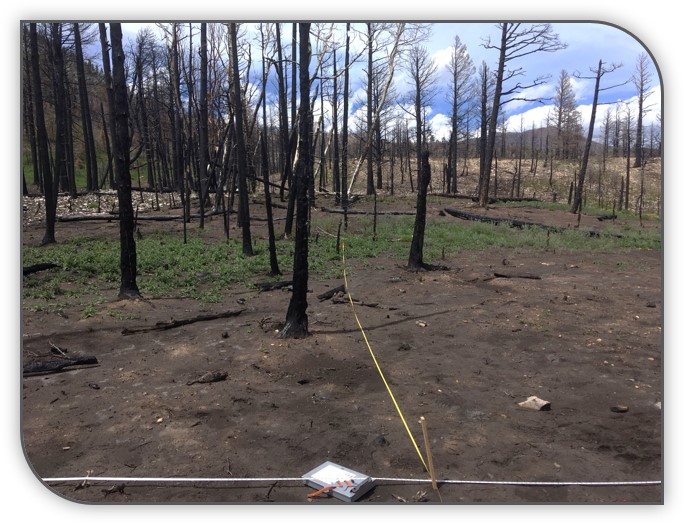
Effects of the Cameron Peak Fire on stream-riparian food webs along an elevational gradient
The Cameron Peak Fire spanned over 2,000 meters in elevation, providing a unique opportunity to test how the predictable environmental variations controlled by elevation affect ecological changes caused by fire. Dan Preston, assistant professor in the Department of Fish, Wildlife and Conservation Biology, and a diverse team, seek to quantify how fire changes the flow of nutrients between ecosystems on land and under water. They will survey aquatic habitats of the threatened greenback cutthroat trout that are the target of substantial recovery efforts in the region. Project results aim to inform natural resource management within the Cache la Poudre Watershed.
Team Investigators
PI: Dan Preston, Assistant Professor, Department of Fish, Wildlife and Conservation Biology
Co-PIs:
Yoichiro Kanno, Assistant Professor, Department of Fish, Wildlife, and Conservation Biology
Ryan Morrison, Assistant Professor, Department of Civil and Environmental Engineering
Kurt Fausch, Professor Emeritus, Department of Fish, Wildlife, and Conservation Biology
Johanna Kraus, Research Ecologist, USGS, Columbia Environmental Research Center
James Roberts, Research Ecologist, USGS , Great Lakes Science Center
Chris Kennedy, Fish Biologist, US Fish and Wildlife Service, Colorado Fish and Wildlife Conservation Office
Matt Fairchild, Forest Fisheries Biologist, US Forest Service, Arapaho and Roosevelt National Forests
Dick Jefferies, Conservation Chair, Trout Unlimited, Rocky Mountain Flycasters Chapter
Hally Strevey, Executive Director, Coalition for the Poudre River Watershed
Fire, fungi, and flora: How plant and soil microbial succession drive hydrologic processes post-fire
In the water-limited forests impacted by Colorado’s 2020 fires, fungi may play an essential role in the water holding capacity of soils. Camille Stevens-Rumann, assistant professor in the Department of Forest and Rangeland Stewardship, leads an efficient team, including a graduate student who is an expert in fire ecology and scientists across the state. They will work to uncover links between fungi and hydrologic activity. Fungi are the first organisms to colonize environments after major disturbances such as fires. The team will study relationships between fire, fungal colonization, water dynamics, longer-term plant succession, and erosion potential.
Team Investigators
PI: Camille Stevens-Rumann, Assistant Professor, Department of Forest and Rangeland Stewardship
Co-PIs:
Michael McNorvell, M.S. student, Department of Forest and Rangeland Stewardship
Charles Rhoades, Research Biogeochemist, Rocky Mountain Research Station
Michael Remke, Research Associate, Mountain Studies Institute
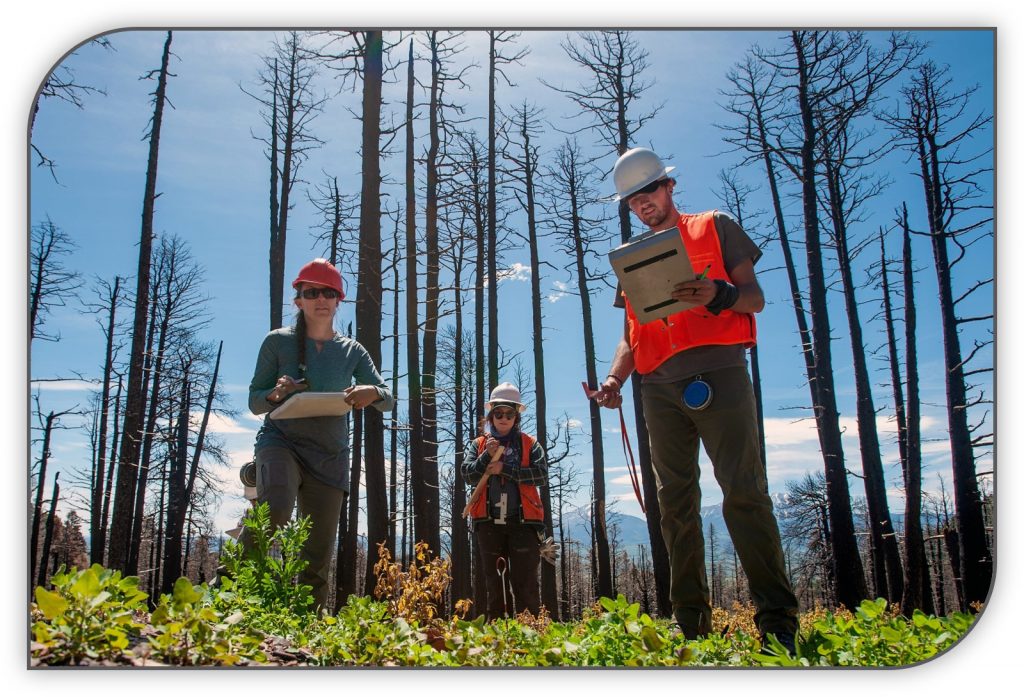
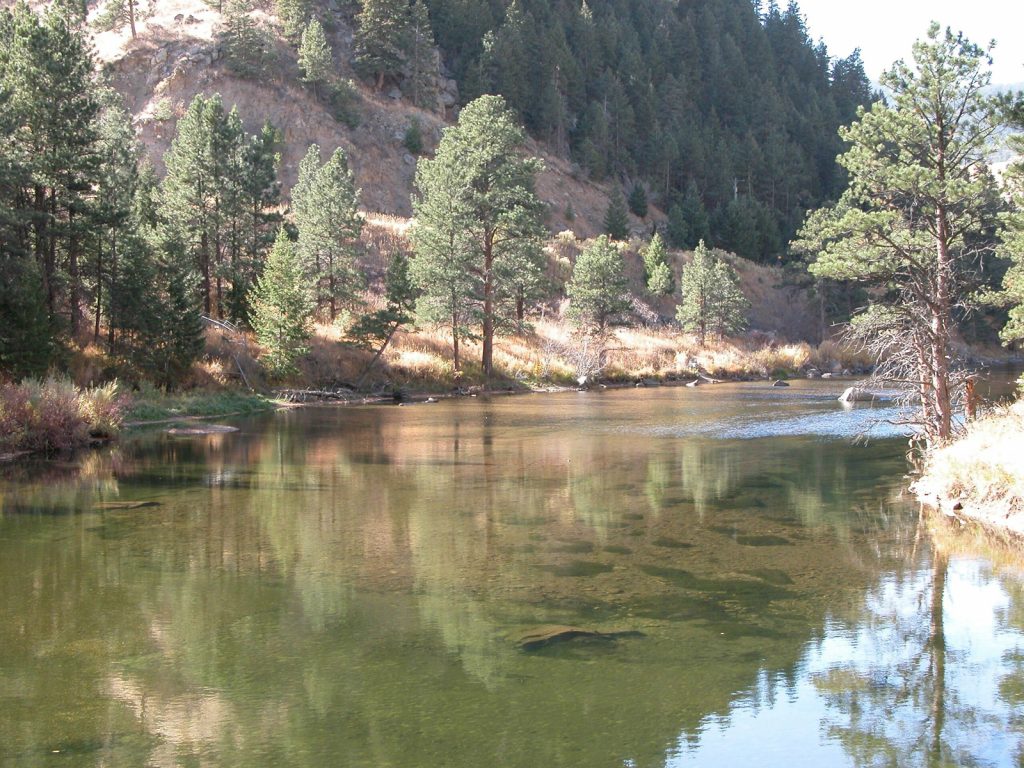
High elevation fire controls on reservoir and river algae blooms
In 2020, the Cameron Peak Wildfire, which was the largest wildfire in Colorado state history, produced innumerable amounts of environmental harm on the Cache La Poudre Watershed. This has motivated a group of researchers to study and understand the unique challenge following the fire: harmful algal blooms. High alpine lakes are experiencing increasingly intense algae blooms that impact the ability for cities to properly treat water for taste and odor compounds generated by blooms by virtue of climate change, nutrient deposition, and long-term changes. Studies are being done to understand if fires increase the chance of blooms by mobilizing large amounts of nutrients into the water supply reservoirs of the Cache La Poudre. The research that is being conducted aims to better understand the interactions between fire, algae blooms in reservoirs, and river water quality. The group is leveraging research across campus and the community.
Team Investigators
PI: Matthew Ross, Assistant Professor of Watershed Science & Interim Director of the Geospatial Centroid at Colorado State University.
Co-PIs:
Dr. Bella Olesky, Cary Institute of Ecosystem Studies
Dr. Ed Hall, Associate Professor, ESS
Jared Heath, City of Fort Collins
Dr. Chuck Rhoades, Research Scientist, USFS Rocky Mountain Research Station
Dr. Stephanie Kampf, Professor, ESS
Dr. Tim Covino, Associate Professor, ESS
Water Fellows
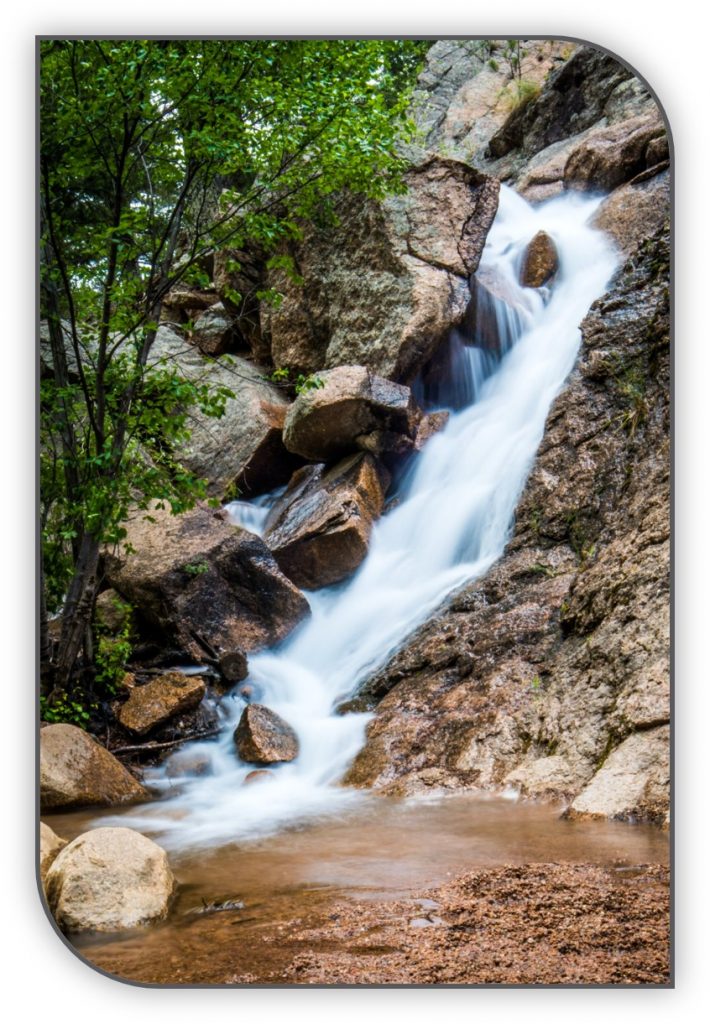
Knowing Rivers for Life: Toward an Ethic for Flowing Waters
Rivers offer humans far more than simply water to drink and grow crops and places to go boating, catch fish, or recreate. Both the sciences and humanities show that rivers calm us physiologically, heal us psychologically, offer us solace after personal loss, and speak to our deepest needs for wholeness and resilience. Through a series of essays, Kurt Fausch, professor emeritus in the Department of Fish, Wildlife, and Conservation Biology, will develop a 21st-century ethic for our relationship to flowing waters. He will draw readers close to rivers, beneath their reflective surfaces and show them the challenges and opportunities these life-giving waters offer.
Team Investigators
PI: Kurt Fausch, Professor Emeritus, Department of Fish, Wildlife, and Conservation Biology
Co-PIs:
Audrey Harris, M.S. student, Department of Fish, Wildlife, and Conservation Biology
George Valentine, M.S. student, Department of Fish, Wildlife, and Conservation Biology
Sam Lewis, M.S. student, Department of Fish, Wildlife, and Conservation Biology
Kristine Mackessy, Illustrator
Jeremy Monroe, Director, Freshwaters Illustrated
Erin Greb, Cartographer, Erin Greb Cartography
Using water isotopes in Colorado and New Mexico to understand hydroclimate in the Southwest: Implications for understanding and harnessing the geological record of past climate.
Global climate models robustly predict declines in precipitation in the Southwest, including Colorado and New Mexico, driven primarily by decreases in wintertime precipitation as atmospheric CO2 rises. However, geological proxy data from recent periods when atmospheric CO2 was higher than pre-industrial suggest instead that the Southwest was wetter during warmer intervals in Earth’s past. One of the primary proxies to understand hydroclimate in the past is the d18O of soil carbonates, which is thought to reflect the d18O of precipitation and surface water. In turn, precipitation d18O reflects different sources of moisture, such as wintertime versus summertime moisture. However, there are few long-term records of precipitation and surface water d18O in the Southwest, which hinders the ability to interrogate geological records of d18O and relate changes in geological d18O to changes in hydroclimate. This study intends to establish 4 sampling stations in New Mexico and Colorado to collect an annual cycle of precipitation, stream water, and shallow groundwater to understand how d18O in this region varies with different moisture sources. This data from this experiment, will help to quantitatively estimate how observed changes in geological d18O relate to changes in sources of moisture during periods in Earth’s past when atmospheric CO2 was higher. At the end of this study, the data conducted will provide a first look at the annual cycle of precipitation and surface water d18O.
PI: Jeremy Rugenstein, Assistant Professor Department of Geosciences at Colorado State University.
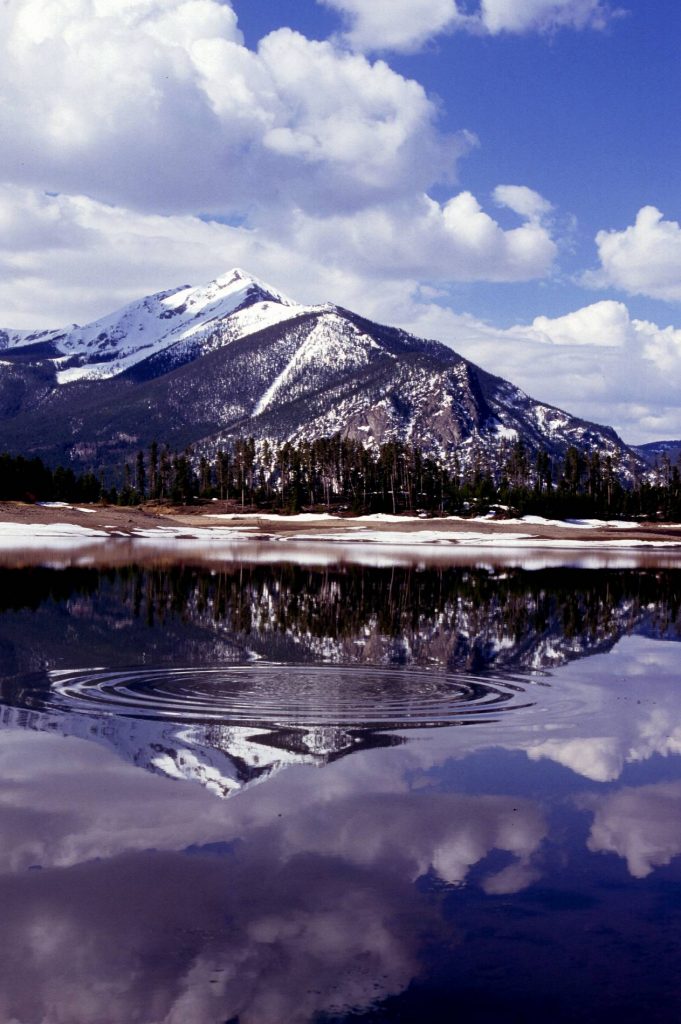
Water Education and Engagement Projects
Writing water: Engaging underserved youth and adults through critical literacy and water education
Sparking a new partnership with the Colorado Water Center, Tobi Jacobi, director of the CSU Community Literacy Center, will develop and deliver an interdisciplinary curriculum extending current work with incarcerated youth and adults through the SpeakOut! program. The project will allow confined writers to grapple with local, place-based water issues through in-person or virtual field trips. The primary mission of the Community Literacy Center is to create alternative literacy opportunities to educate and empower underserved populations (e.g., incarcerated juveniles and adults, women) and to support university-community literacy outreach programs. Jacobi will lead an interdisciplinary team to develop a 6-8 week curriculum, train CSU interns, develop an assessment tool, and pilot the program. The program will provide vital space for community engagement for this underserved population.
Team Investigators
PI: Tobi Jacobi, Director, Community Literacy Center, Department of English
Co-PIs:
Mary Ellen Sanger, Associate Director, Community Literacy Center, Department of English
Lisa Schlueter, Programs and Volunteer Coordinator, Larimer County Jail
Lori Whitson, Programs and Volunteer Coordinator, Larimer County Community Corrections

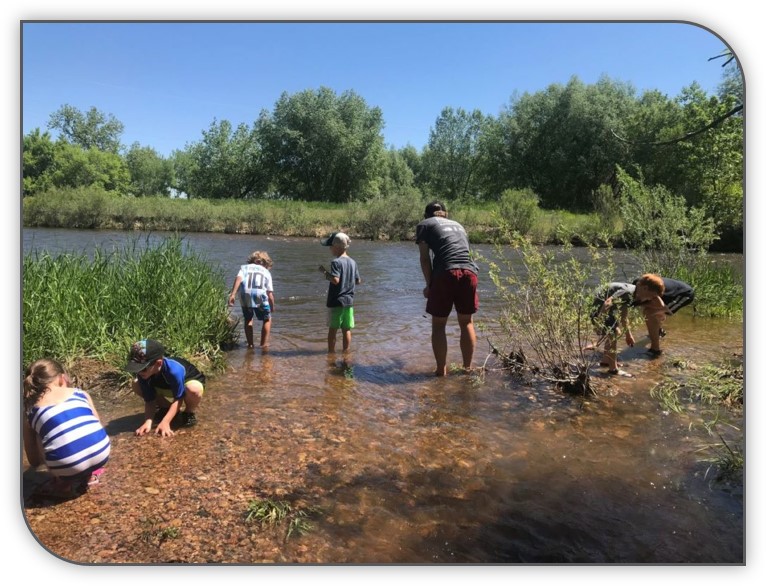
River investigators: Connecting youth and families to the Cache la Poudre River
Connection and attachment to a place are key to motivating people to conserve that space. Confronting that challenge, Nicole Stafford, director of the CSU Environmental Learning Center, will collaborate with a large team to develop bilingual, Poudre-specific activity guides for youth and families to use along the Poudre River Trail in Fort Collins. The guides will focus on access for underrepresented populations and will be available in printed and digital formats. Playful, inquiry-based activities aim to build connection, knowledge, attitudes, and action skills related to the Poudre River. Participants will discover the natural and human history of the river and the challenges facing the river.
Team Investigators
PI: Nicole Stafford, Director, Colorado State University Environmental Learning Center
Co-PIs:
Kira Puntenney-Desmond, Research Associate, Ecosystem Science and Sustainability; Project Manager, Stream Tracker
Stephanie Kampf, Professor, Ecosystem Science and Sustainability
Aditi Bhaskar, Assistant Professor, Civil and Environmental Engineering
Steven Fassnacht, Professor, Ecosystem Science and Sustainability
Randall Boone, Professor, Ecosystem Science and Sustainability
John Moore, Professor, Ecosystem Science and Sustainability; Director of the Natural Resource Ecology Laboratory
Julia Klein, Associate Professor, Ecosystem Science and Sustainability
Andrew Warnock, Director, Natural Sciences Education and Outreach Center
Linden Pearsall, Project Coordinator, Poudre Heritage Alliance
Hally Strevey, Executive Director, Coalition for the Poudre River Watershed
